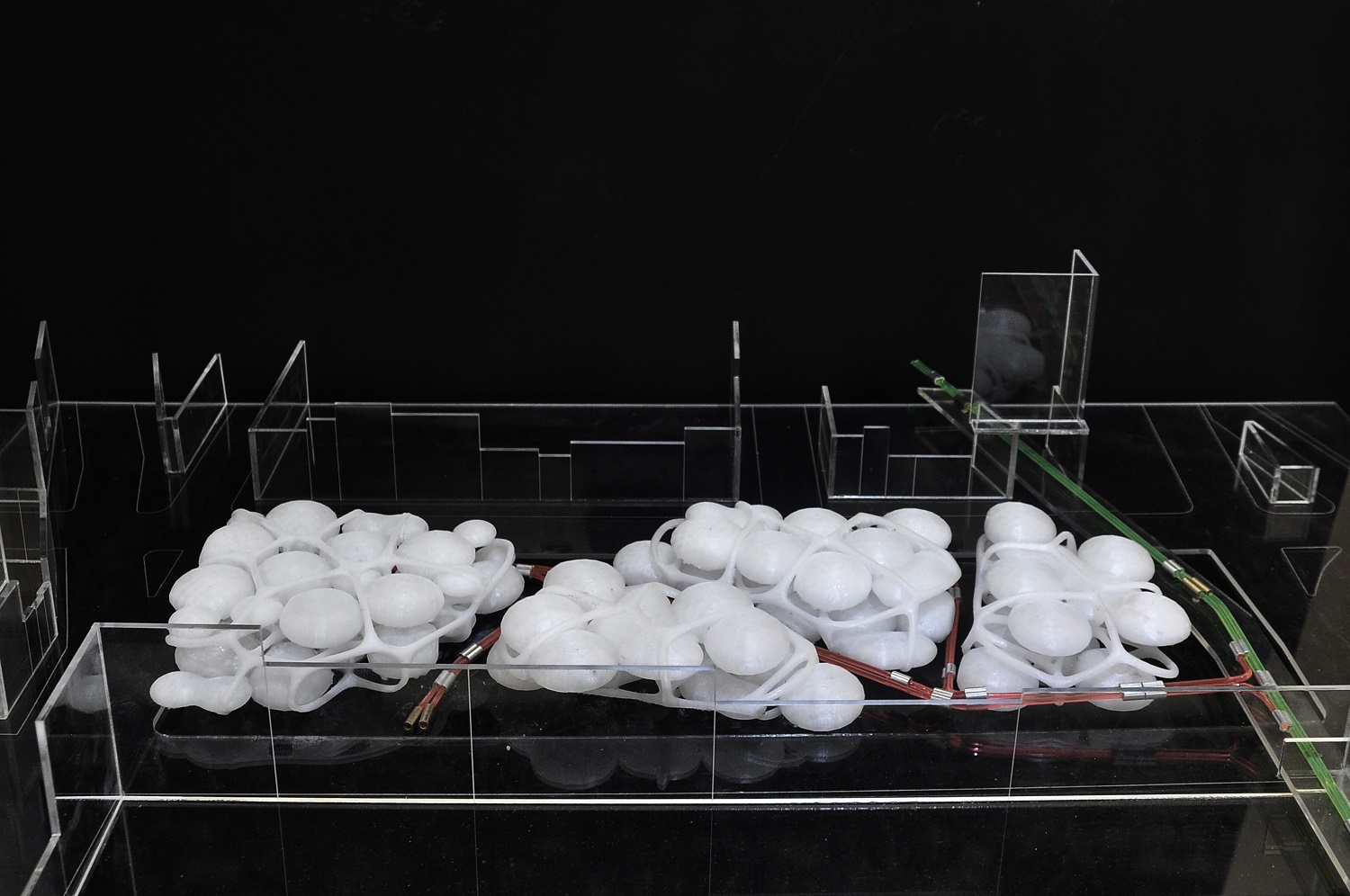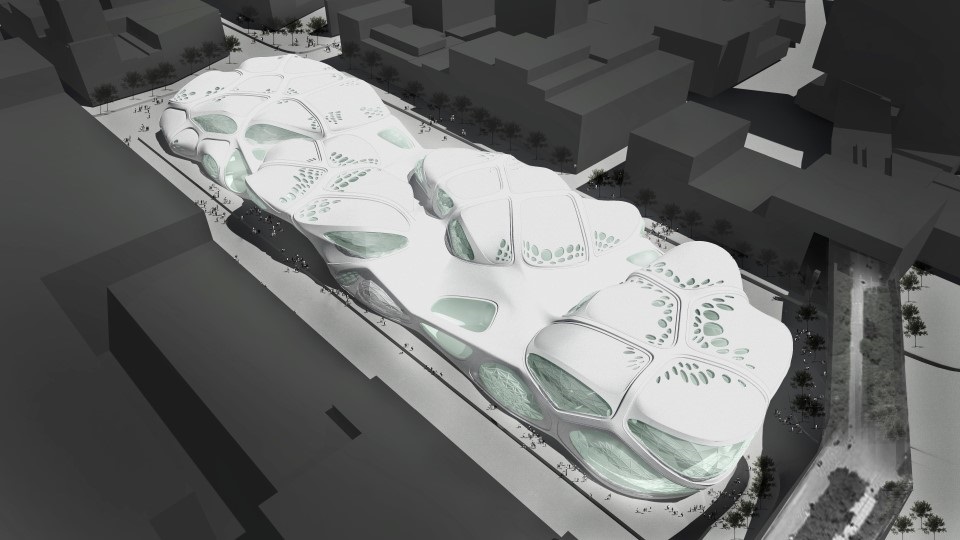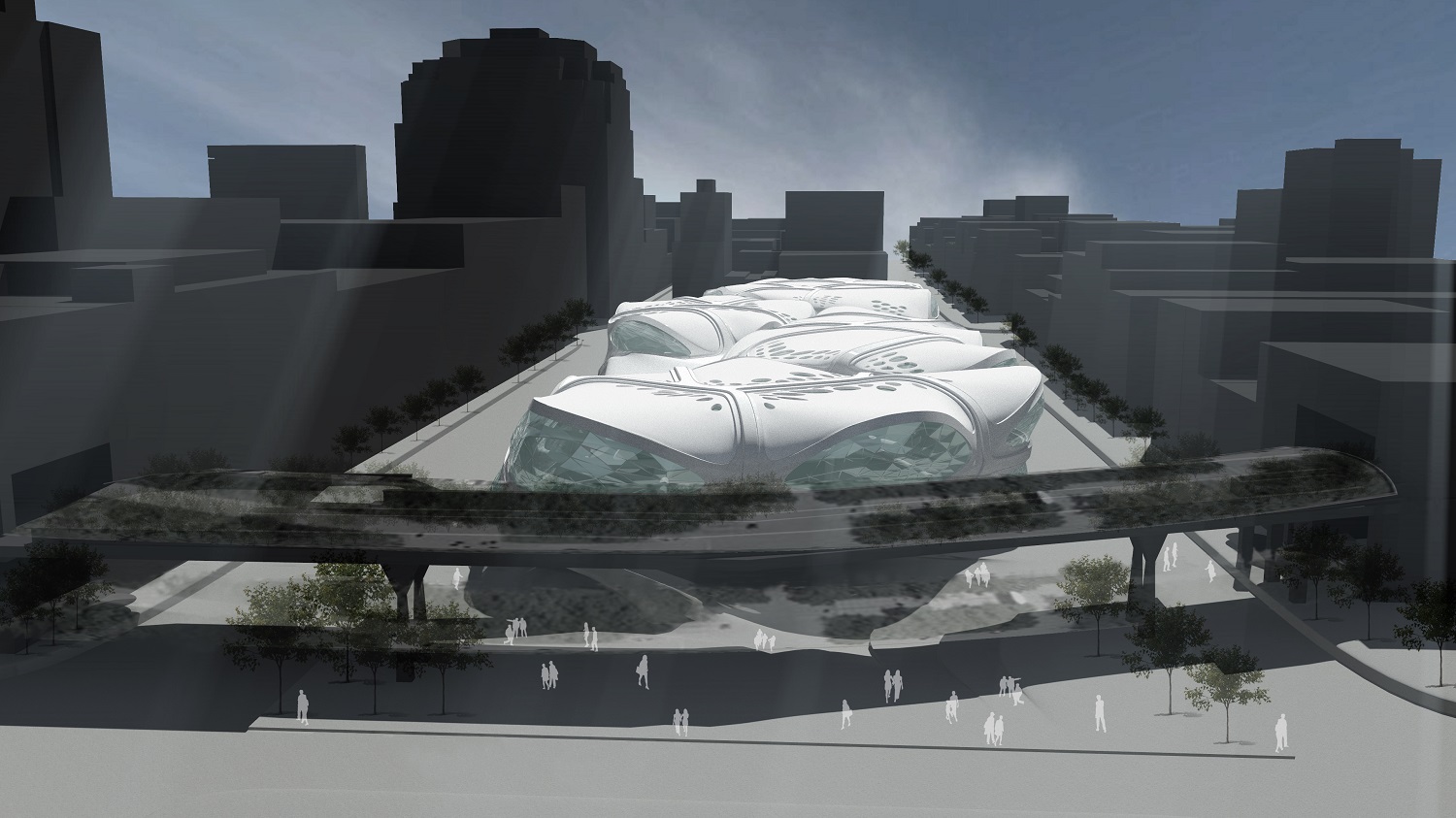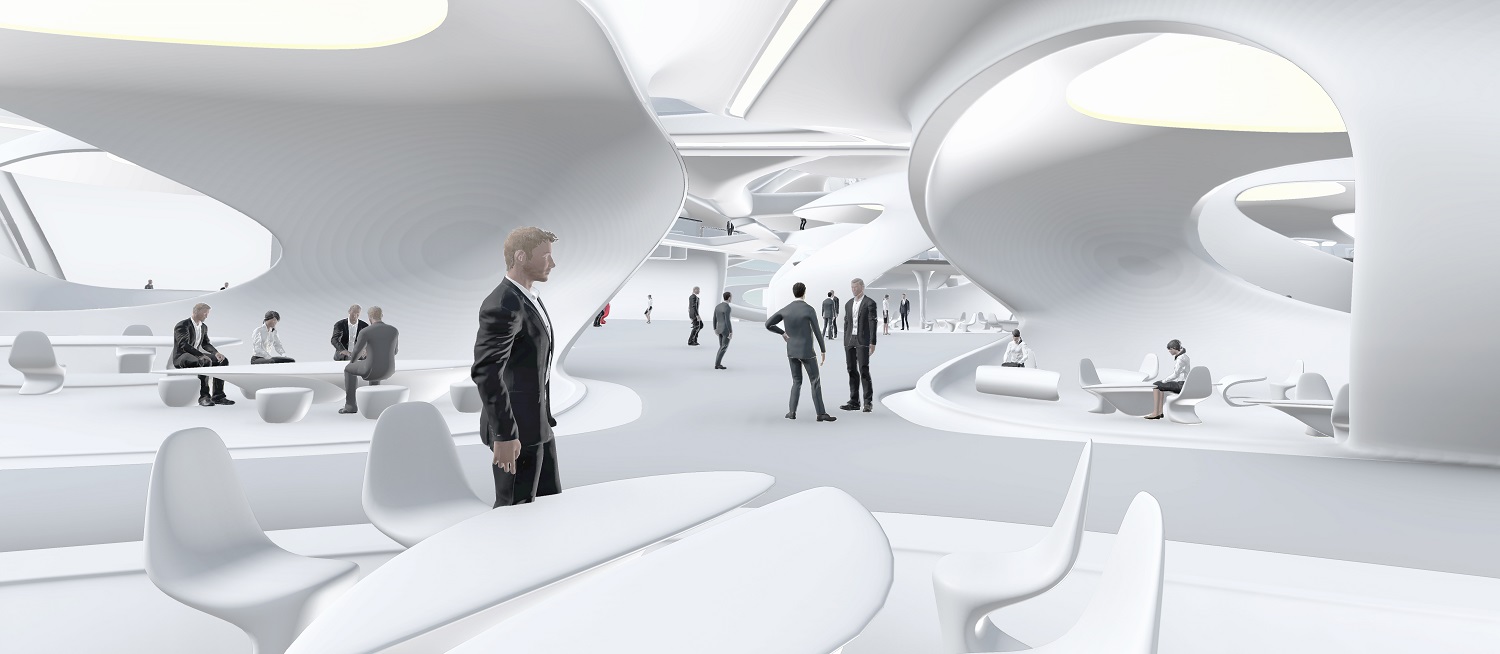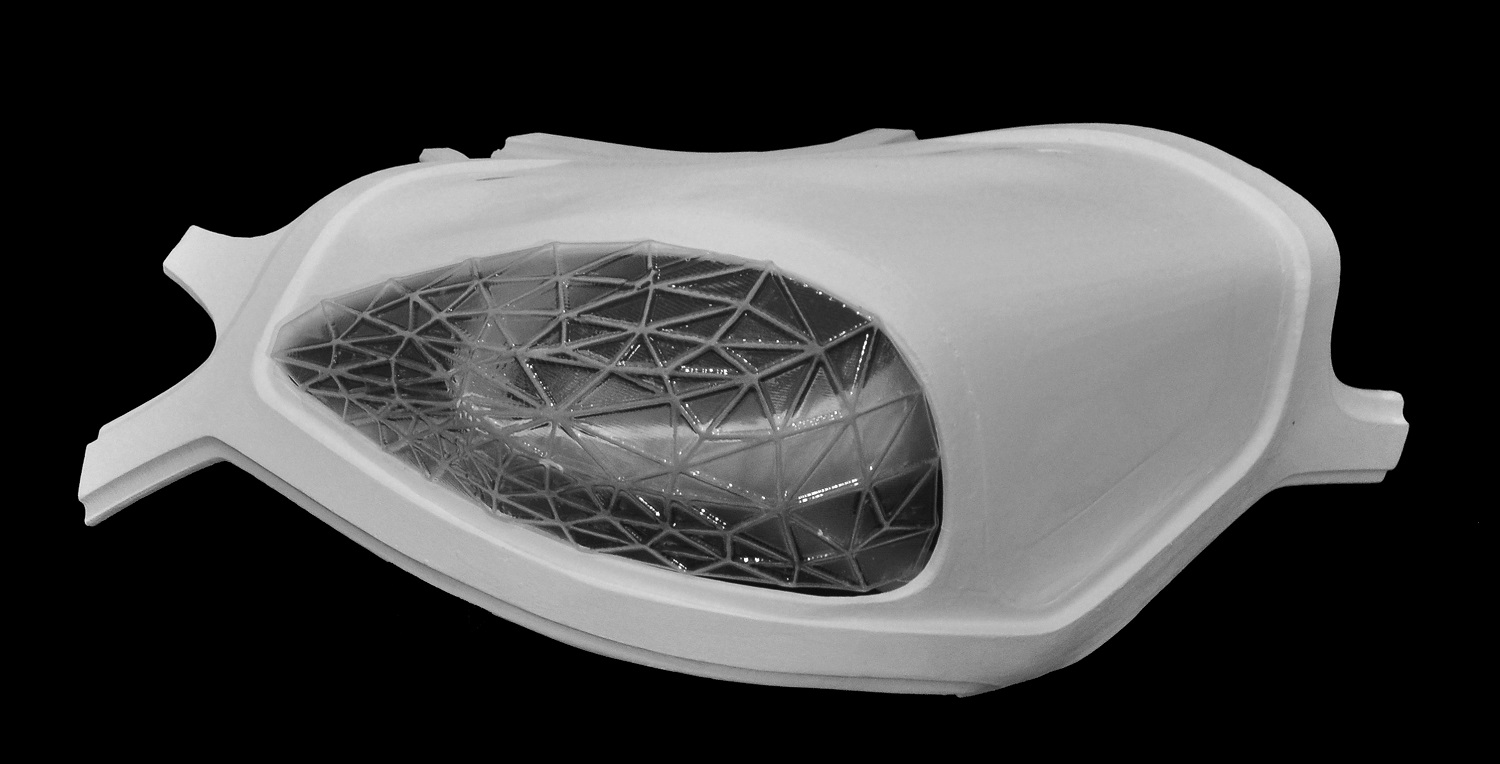Constructing agency 2017-2019
hybrid cell
Studio Patrik Schumacher
Tutors Pierandrea Angius
Team Sie-Jhih Chen (Taiwan), Tian Chen (China), Chenlong Gu (China), Casiana Kennedy (USA)
The agent-based semiological project demands innovation at several scales as it re-defines form as a signifier of function. As an architectural project, it is a speculation: how can a semiological system express signification through spatial differentiation? How can order address the complexity of modern communication? As a parametric system, it expresses an interdependent, dynamic environment that allows its order to become natural, fluid and smooth. This speculation begins an evolving experiment. Architecture, as a visual construct, has the ability to communicate information. The aim of this project is to represent it as a visual language that is quickly understood and spoken.
The emergence of new types of companies with varied life-spans and customised workflows demands new ways of thinking about workspace that consider dynamic and fluid agendas. This dynamism and relatively fast-paced work processes imply a need for variety in scale and accessibility of space and circulation. Change and adaptation are essential and defining aspects of the types of working environments and a semiological project has the ability to innovate. Two distinct features of new start-up companies influence the project’s design research process: first, a short life-span and second, a tendency to rent rather than own space. In order for this implied dynamism to be effective and positive, to transmit vigour and information richness, the architecture associated with it must be: varied, flexible and adaptive.
The physical concepts of soft/rigid bodies and metaballs are introduced into the project to generate a varied, flexible and fluid field condition from which to operate. The project uses soft and rigid body simulation experiments to explore potential interactions between geometries and define types of boundaries between working and co-working, leisure and circulation. The collision effect of this simulation system allows deformation between masses and boundaries. Soft bodies retain their smoothness and are able to merge into metaballs, while rigid bodies collide and become polygonal, adding to the formal variations the project requires. Within the elements, magnetic fields are used to subdivide the spaces and apply further variation.




